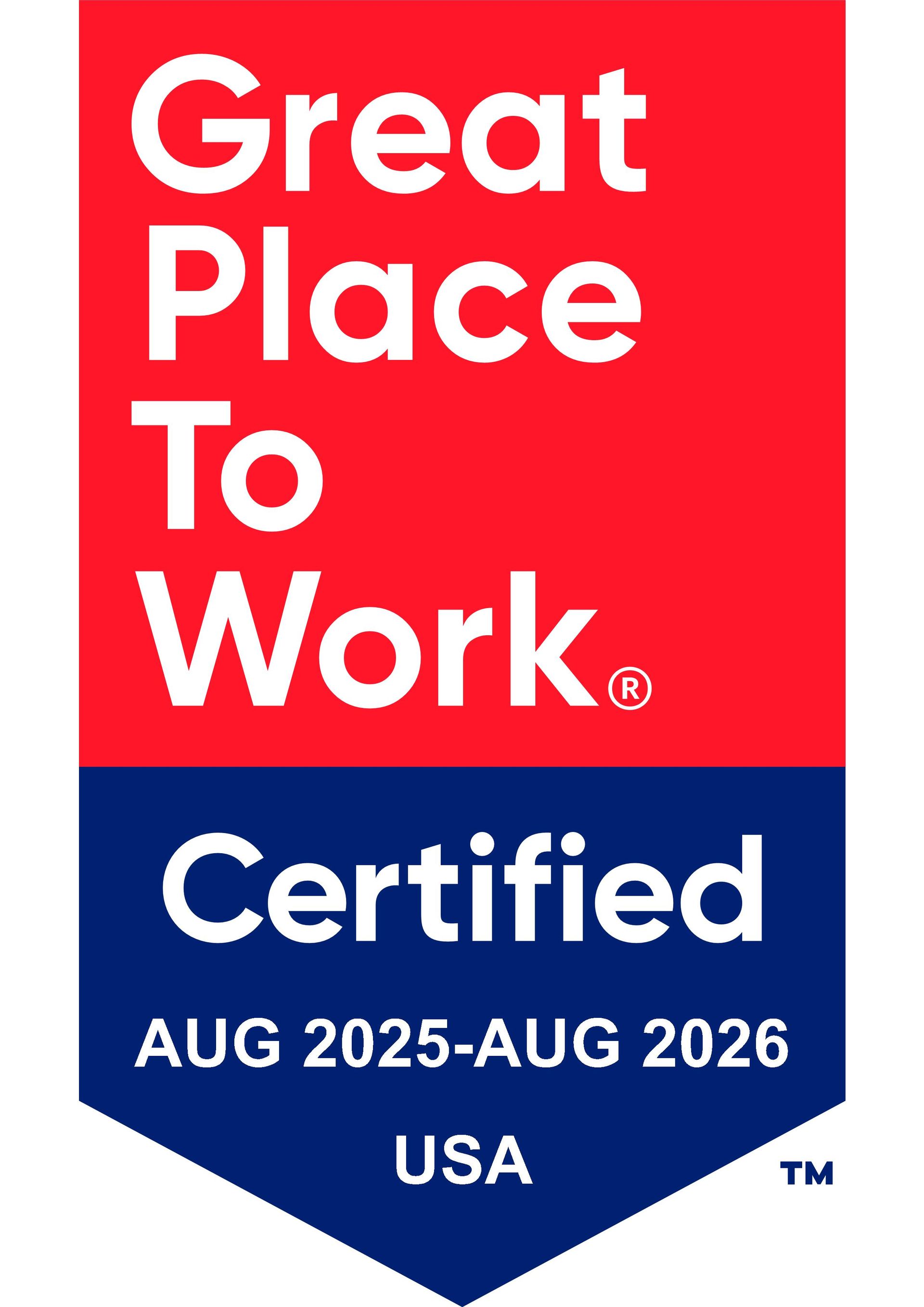
Tips For Building an Effective Employee Benefits Communication Strategy
2 August 2022

According to the Society of Human Resource Management (SHRM), U.S. employers spend close to 40% of payroll on benefits, indicating that employers need to maximize their benefits package value. As such, organizations must approach benefits communication strategically to maximize access, enrollment, and utilization by the workforce.
Companies get that it’s vital for their employees to understand the benefits they provide. However, few employers believe their employees do understand and appreciate the benefits offered to them, Consider these statistics:
• In a June 2009 survey by Colonial Life, 92% of U.S. employers agree that employees appreciating and understanding their benefits is important However, only 19% believe their employees truly have a decent understanding of them.
• Close to 5% of employers think that, regarding benefits, their employees know nothing at all about them.
Tips For Building an Effective Employee Benefits Communication Strategy
There is a clear difference between what organizations believe they are getting related to benefits communication and what they desire. Fortunately, it is possible to consider some strategic options to create a benefits communication plan for your needs. The next section covers 9 factors to consider that influence your benefits communication strategy.
What Are the Factors that Influence Benefits Communication?
Factors that influence benefits communication include:
• Company Demographics
• Life Stages
• Internal Resource Availability
• Existing Communication Channels
• Geographic Location
• Technology
• Employee Schedules
• Benefits Plan Changes
• Year-Round Hiring, Termination, and Changes
Company Demographics
There are currently 5 generations in the workforce: Generation Z, Millennials, Generation X, Baby Boomers, and Traditionalists. There is only a handful of Traditionalists remaining, and Baby Boomers are at an age where they are choosing to retire and exit the workforce. By 2030, all Baby Boomers will be 65 or older.
Generation X is at a point where they are taking care of children and aging parents, and some Millennials fall into that bucket, as well. Millennials currently outnumber Baby Boomers and Generation Xers in the workforce, and Generation Z are the newest members of the workforce. Millennials and Generation Z are technology-driven more so than any other generation.
Further, according to the U.S. Bureau of Labor Statistics, the number of women in the workforce continues to grow, and Hispanics are expected to reach 35.9 million by 2030 compared to 29 million in 2020.
The various demographics within your organization highlight the need for not only adapting benefits packages to match your demographics but to ensure you’re communicating your benefits in a way that fully infiltrates a diverse workforce.
Life Stages
There were 72.4% of women and 93.5% of men in the workforce with children under 18 years old in March 2019. That also means there are 27.6% of women and 6.5% of men in the workforce without children. Other employees are newly married, seasoned in their marriage without children, or married with children, whereas others are single and divorced or single and never married.
The point here is that it’s important to know what stage your employees are at in life. Are they newly promoted? Newly married? Straight out of college? Ready to retire?
The benefits needs of employees differ based on their stage in life. A solid communication strategy makes accommodations for these differences.
Internal Resource Availability
You need to consider how many resources you have internally within your HR department to support benefits administration and communications. To ensure employees receive communications that are effective and at the level they need to be, will you need to invest in external resources to manage and support communications or another aspect of the benefits process to support HR?
Existing Communication Channels
What channels do you use to communicate news and updates in your organization? For example:
• Do you have a regular company newsletter? Who receives it?
• Do you post news regularly on your company intranet? Internet? Website? How often?
• Do you have regular employee meetings? Department meetings? Virtual meetings?
Having several touch points to communicate about benefits is ideal, and including spouses is also ideal. At least one touchpoint should be in-person.
Geographic Location
Benefits communication is impacted by how your workforce is dispersed. If you have a hybrid work environment, how you communicate with remote employees might differ compared to how you communicate with those in the office. It’s essential to ensure the needs are being met for all employees, regardless of location, and that communications are provided to all employees effectively with a personal touch.
Companies that have employees that speak a variety of native languages, as many global workforces do, also face the challenge of determining which languages to use to disseminate benefits information. What is the best way to facilitate benefits communications under these different scenarios?
Technology
What technological mediums does your organization use to support communication? For example:
• Do you have an intranet? Internet?
• Does the entire workforce have access to a computer?
• Are online content options, like blogs, SMS messaging, videos, and podcasts used?
Using several types of technology to disseminate information can be a good approach. However, it should not be a substitute for face-to-face meetings and interactions regarding benefits.
Employee Schedules
Taking employee schedules into account upfront will help alleviate any barriers a variety of schedules might cause to your communication plan. The following types of questions should be considered:
• What are your business hours?
• When do your employees work?
• Do you have employees on rotating or different schedules?
• Do any employees work remotely or telecommute?
Benefit Plan Changes
What changes have been made to your benefits plans compared to last year? Any changes should be clearly communicated to employees so they can make the most informed decision during open enrollment or when signing up as a new hire or newly qualified employee.
Also, if your company just moved to a consumer-directed health care plan or a high-deductible health plan (HDHP) with a health savings account (HSA), it’s crucial to ensure employees know how to get the most out of such plans to keep their medical costs as low as possible.
Year-Round Hiring, Termination, and Changes
New hires come on board and retirees leave organizations at varying times of the year. There are sometimes changes that occur to benefits plans out of cycle, as well, and the needs of employees can also shift throughout the year—employees have babies, get divorced, get married, become extensively ill, and so on. These types of circumstances make it necessary to communicate about benefits year-round and allow employees to make updates as needed when possible.
What Is Necessary to Develop a Benefits Communication Plan?
Now that you’ve considered the variables that can impact a benefits communication strategy, the next step is to develop a communication plan. Some organizations choose to keep the benefits communication plan in-house, while others lean on their insurance enrollment firms and voluntary benefits providers to support the communication process. Some organizations charge for such services, and others include it as part of the benefits partnership and enrollment.
Your employee benefits insurance broker can also support you in developing a communication plan and identifying the right benefits communication partner. To evaluate a carrier, the following criteria should be used:
Customizable Communication
Communication materials for benefits are essentially marketing materials that should be high-quality, appealing, and easy to understand for the employee. Employee-friendly benefits communications include highlighting benefit changes, how benefits work together, how to make wise decisions, and how much the benefits will cost.
Strong Partnerships
Those within the organization that support employee benefits, like the HR team, need to be able to work well and closely with the enrollment group. It’s vital that the vendors used are viewed as an extension of HR, and it’s best for companies to use a consultative approach when working with benefits providers.
Technology Capabilities
Enrollment needs to be as straightforward and easy as possible for your employees, thus, the technology used should offer automation and ease of use for employees’ enrollment. Enrollment technology should also offer the level of control and reporting required by HR and the ability to enroll employees at multiple locations and offices.
KBI = Your Employee Benefits Communication Planning Experts
Benefits impact productivity, morale, and job satisfaction. Robust benefits packages are expected by employees today, and benefits communication allows employers to follow through on their responsibility of ensuring their workforce understands the benefits available to them.
KBI has decades of experience working with organizations of all sizes to develop benefits packages for their employees, which includes developing a strategic benefits communication plan. If you’re in need of developing an effective benefits communication plan that works for your employee population based on demographics, life stages, employee schedules, employee locations, available technology, existing communication channels, and more. KBI can help.
Our team of experts can work with you from start to finish when it comes to designing your benefits platform, or we can come in to focus primarily on your communications plan to make sure you have the right resources and support you need for a successful rollout and implementation. With the right communication plan implemented, you can increase your benefits enrollment success, as well as your benefits utilization



